Hydraulic floor jacks are essential tools for lifting heavy vehicles and equipment, providing convenience and safety in various automotive and industrial applications. Like any mechanical device, hydraulic floor jacks require regular maintenance to ensure optimal performance, extend their lifespan, and enhance safety. In this maintenance guide, we will explore the key maintenance tasks necessary to keep hydraulic floor jacks in excellent working condition.
Regular visual inspections are crucial for identifying any signs of damage, wear, or leaks. Here are the key areas to inspect:
Check for cracks, dents, or deformation in the jack body and lifting arm. Any structural damage should be addressed immediately.
Inspect the hydraulic hoses and fittings for signs of leakage, wear, or deterioration. Replace any damaged or leaking parts promptly.
Examine the handle, release valve, and control mechanism for proper operation and ensure they are not loose or damaged.
Verify that the wheels and casters are in good condition, free from excessive wear or damage.
Proper lubrication is essential for the smooth operation of hydraulic floor jacks. Follow these guidelines:
Regularly lubricate the moving parts of the jack, including the pivots, joints, and the pump assembly. Use a high-quality lubricant recommended by the manufacturer.
Ensure that the release valve and control mechanism are properly lubricated to prevent sticking or jamming.
Check the condition of the hydraulic oil and top it up or replace it as per the manufacturer's guidelines.
Air can accumulate in the hydraulic system, leading to reduced efficiency and performance. Bleeding and air purging are necessary maintenance tasks:
Follow the manufacturer's instructions to bleed the hydraulic system and remove any air bubbles. This process ensures proper hydraulic pressure and smooth lifting operation.
Check the hydraulic fluid for any signs of air bubbles. If bubbles are present, bleed the system again until all air is eliminated.
Regular cleaning of the hydraulic floor jack helps prevent the accumulation of dirt, debris, and contaminants:
Wipe down the exterior surfaces of the jack using a clean, damp cloth to remove dirt, grease, or any other residues.
Use a soft brush or compressed air to clean hard-to-reach areas, such as crevices, joints, and the release valve mechanism.
Inspect the wheels and casters for debris, such as stones or metal shavings, and remove them to ensure smooth movement.
Proper storage and handling practices contribute to the longevity of hydraulic floor jacks:
Store the jack in a clean, dry area to prevent corrosion and damage. Avoid storing it in areas exposed to extreme temperatures or moisture.
Keep the jack in its fully lowered position when not in use to relieve pressure on the hydraulic system.
Avoid overloading the jack beyond its rated capacity, as this can cause damage to the internal components.
While routine maintenance tasks can be performed by the user, it is recommended to have periodic inspections conducted by qualified professionals. They can identify any potential issues or safety concerns that may require expert attention.
Regular maintenance is crucial for ensuring the safe and efficient operation of hydraulic floor jacks. By following the maintenance tasks outlined in this guide, including visual inspections, lubrication, bleeding, cleaning, proper storage, and professional inspections, you can extend the lifespan of your hydraulic floor jack and enhance its performance and safety. Remember to consult the manufacturer's guidelines and recommendations for specific maintenance procedures for your particular model.
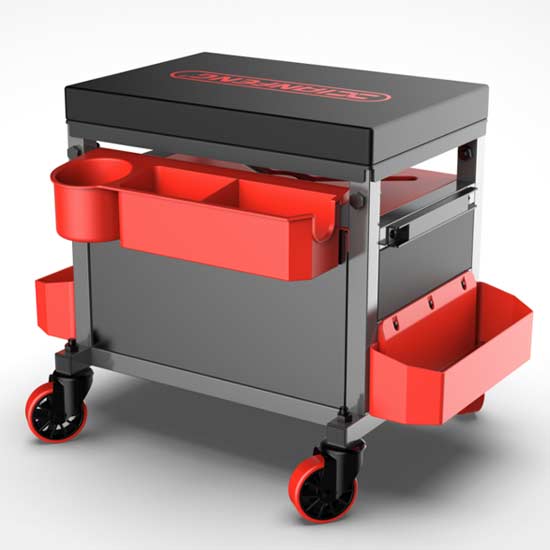 Tool seat
Tool seat
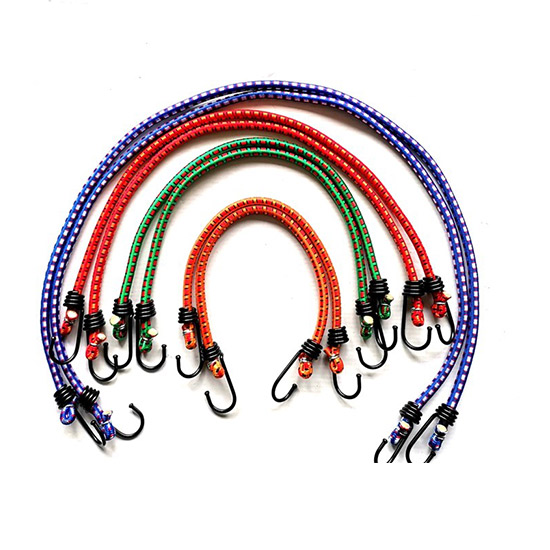 Stretch Cord
Stretch Cord
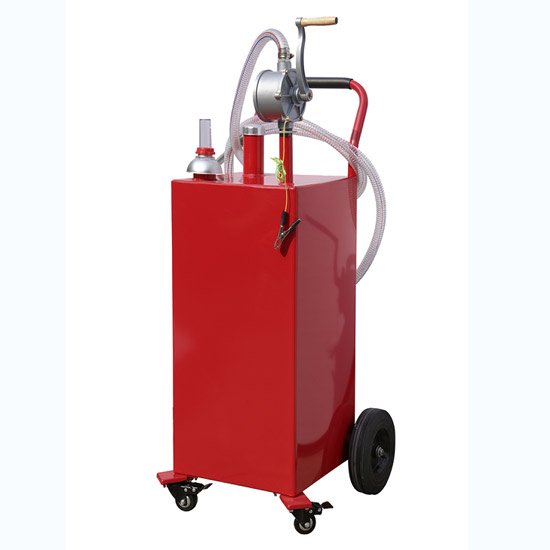 Oil Pump
Oil Pump
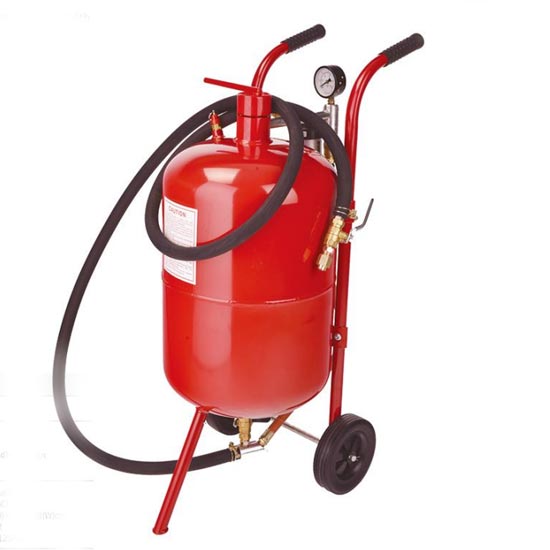 Sandblast Pot
Sandblast Pot
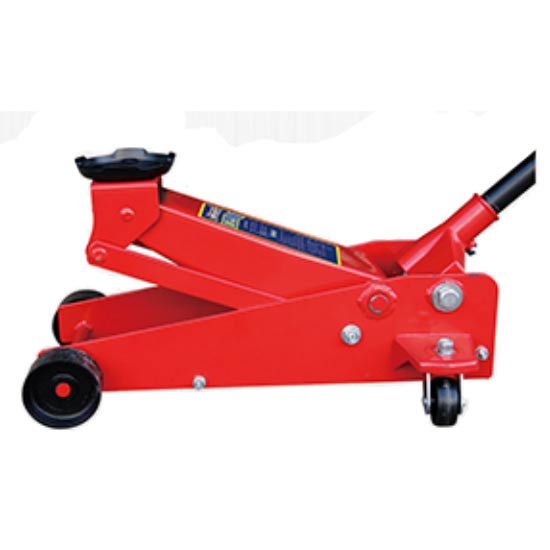 2.25 Ton Hydraulic Floor Jack
2.25 Ton Hydraulic Floor Jack
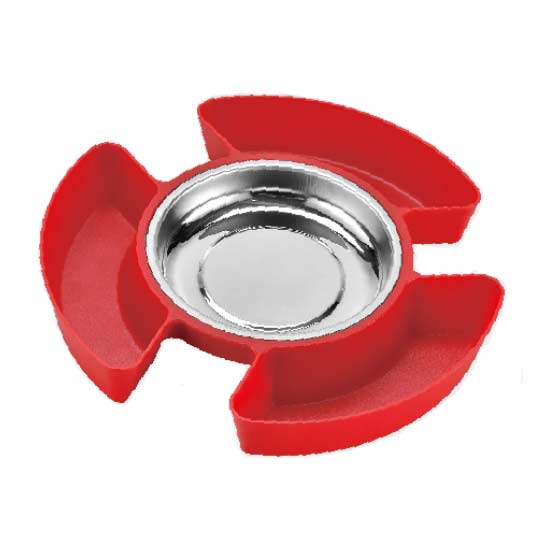 Magnetic Tray With Tool Plate
Magnetic Tray With Tool Plate
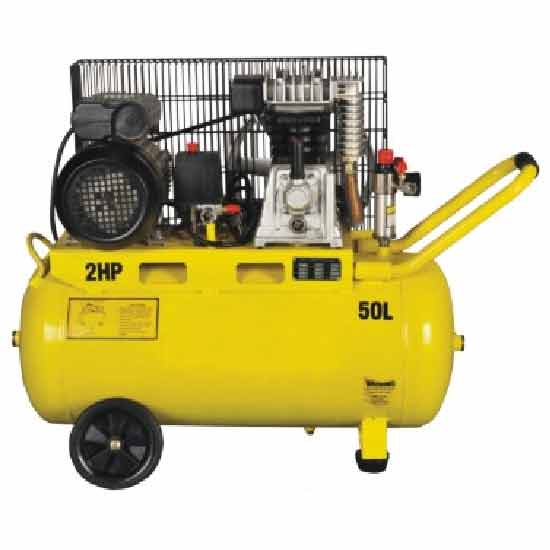 Single-stage Air-cool Movable Air Compressor
Single-stage Air-cool Movable Air Compressor
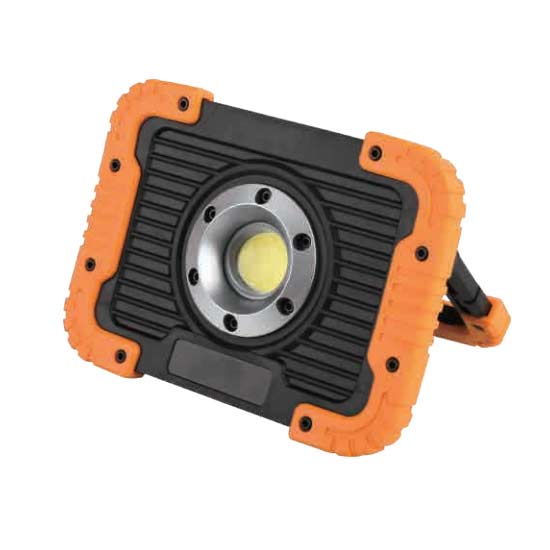 10W Rechargeable Led Flood Light
10W Rechargeable Led Flood Light
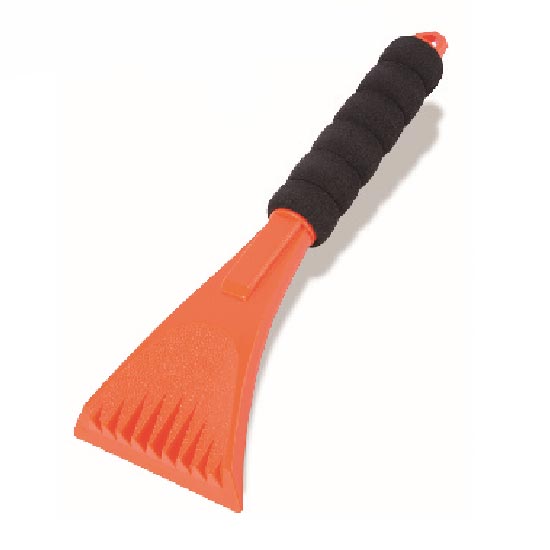 Ice Scraper
Ice Scraper
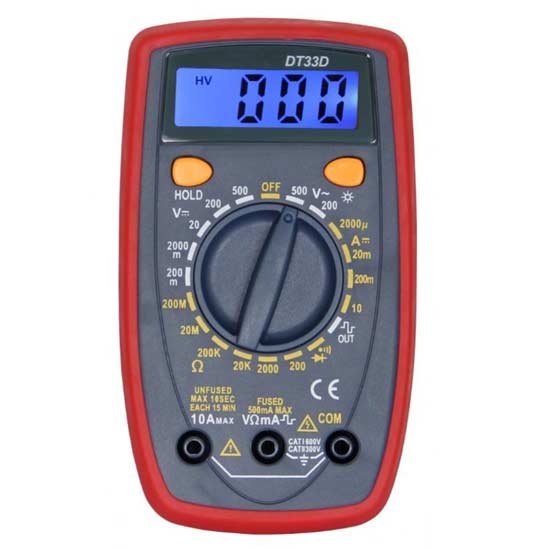 Small Multimeter with Backlight
Small Multimeter with Backlight
 Jump Starter With 4 Led Lights
Jump Starter With 4 Led Lights
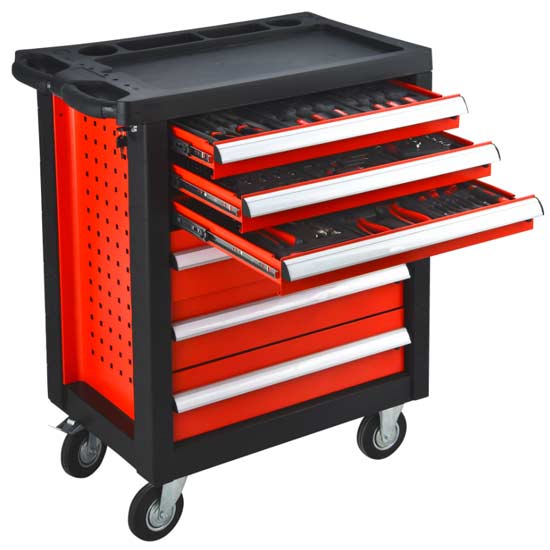 Steel Tool Cabinet
Steel Tool Cabinet
 Large Tool Cabinet
Large Tool Cabinet
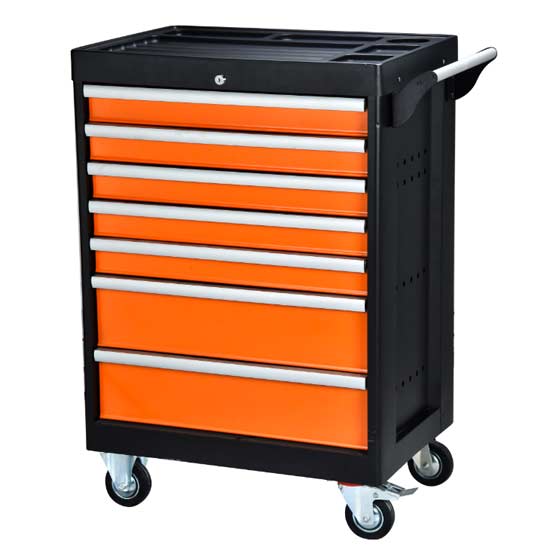 Tool Storage Cabinet
Tool Storage Cabinet
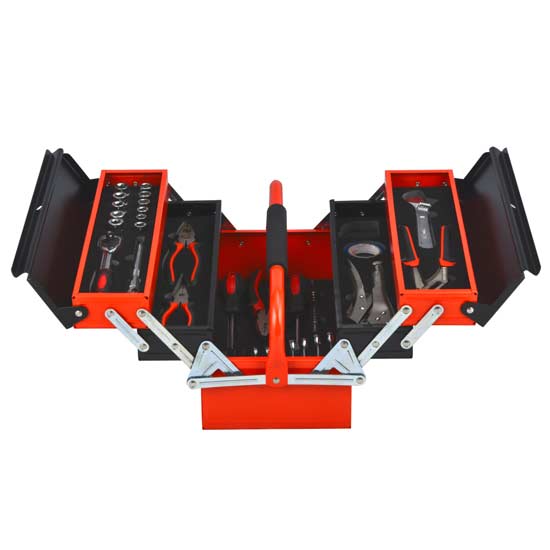 Metal Tool Box
Metal Tool Box
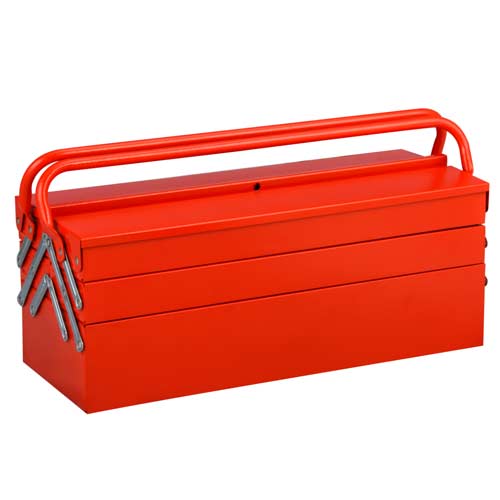 Large Metal Tool Storage Box
Large Metal Tool Storage Box
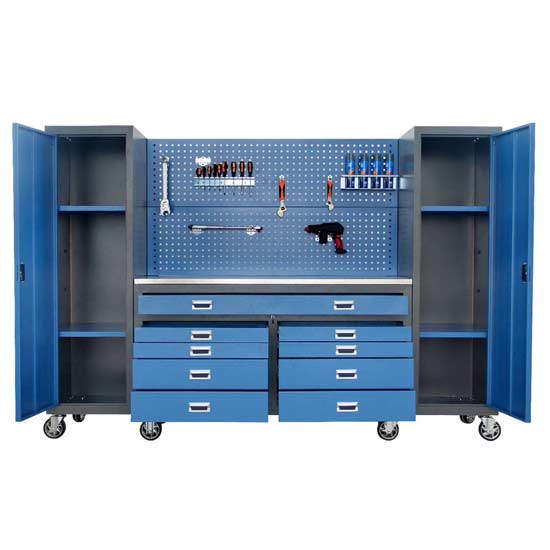 Blue Metal Tool Cabinet
Blue Metal Tool Cabinet
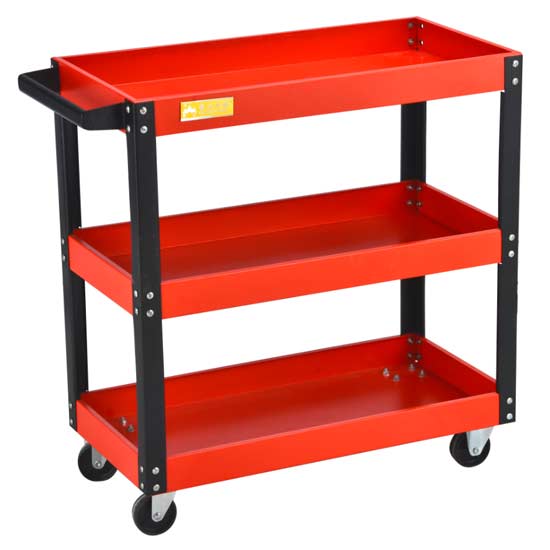 Red Steel Tool Trolley
Red Steel Tool Trolley
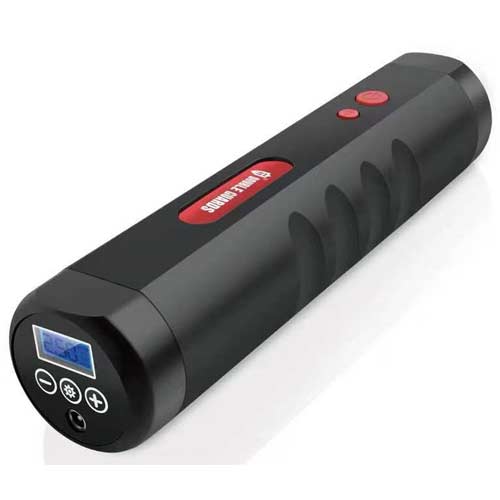 Portable Tire Inflator
Portable Tire Inflator
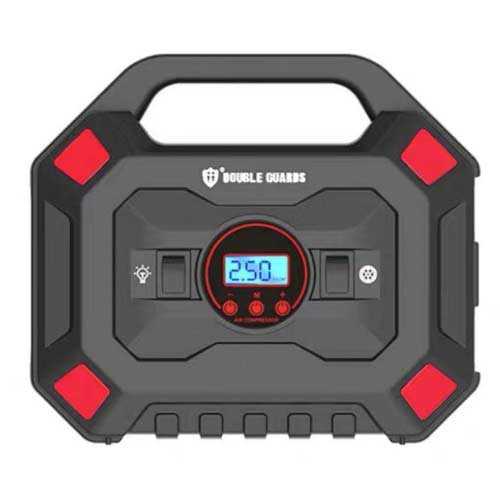 Custom Tire Inflator
Custom Tire Inflator
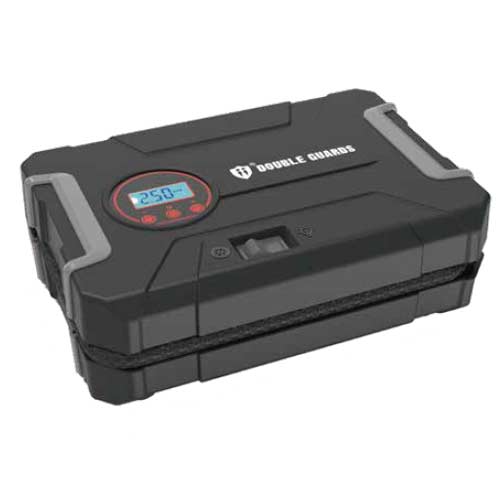 Tire Pressure Pump
Tire Pressure Pump
 Auto Emergency kit
Auto Emergency kit